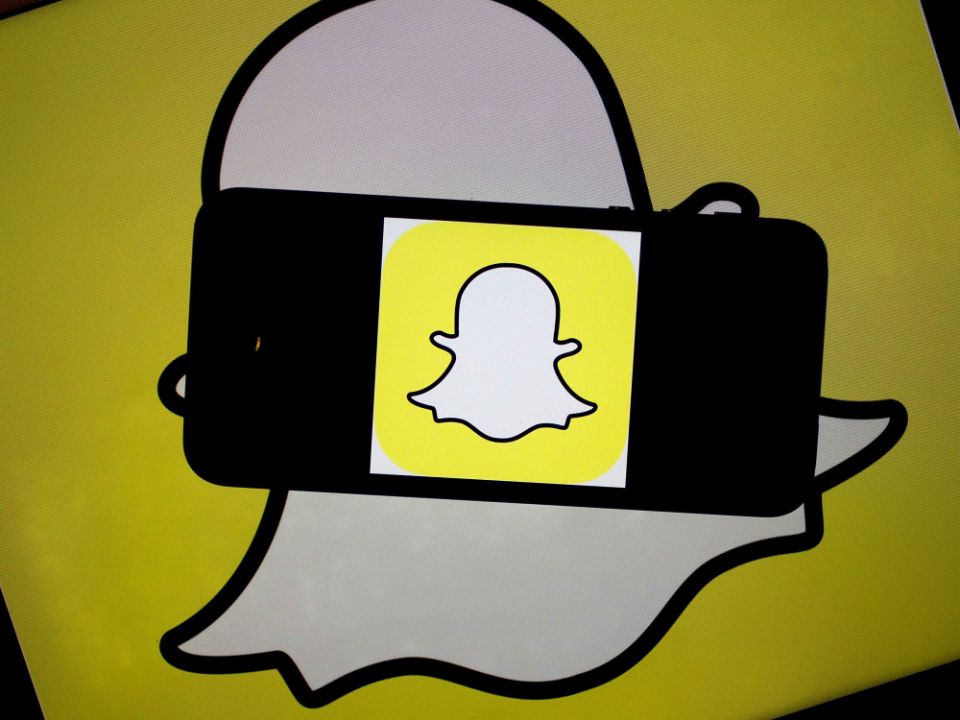
“TikTok has experienced a staggering growth of users since the onset of the global pandemic, taking over a huge chunk of its competitor’s audience.” “Meta clearly sees itself in a battle against TikTok for the hearts, minds and attention spans of millennials, a significant chunk of the social media market,” says O’Brien. Even so, it emerged last month that fear of TikTok had led it to hire a lobbying firm to paint the company as the “ real threat, especially as a foreign-owned app”. Mark Zuckerberg’s Meta still dominates the market – Facebook has 2.9 billion monthly active users, and Instagram another 2 billion, with Insider Intelligence putting their 2024 ad revenues at $85bn and $82bn respectively. TikTok has figured out its own way to give the platform an addictive quality.” “But it seems it can’t quite tap into convincing TikTok’s loyal users to revert back to its platform. “Facebook has always been the biggest competitor in this space for dominating users,” says Sam O’Brien, the chief marketing officer at performance marketing company Affise. For TikTok, this represents an almost fivefold increase in just four years, up from 4.2 hours in 2018.

Last year the typical TikTok user spent 19.6 hours on average per month on the app, according to data.ai – equalling Facebook, the global leader in time spent by users on social media. This rose to 29% of all children in the five- to seven-year-old age group. Despite the platform supposedly being restricted to those aged 13 and over, about 16% of three- and four-year-olds view TikTok content, according to research commissioned by media regulator Ofcom.

TikTok is also becoming increasingly addictive. The company is winning the battle for the “sweet spot” of social media users, those in the 18- to 25-year-old demographic where Facebook is seeing its biggest declines, with parent company Meta trying to stem the exodus by attracting them to stablemate Instagram. Earlier this week, analysts at data.ai revised a prediction that TikTok would hit 1.5 billion monthly active users this year, after its analysis revealed it had surpassed that milestone by 100 million users within the first three months. TikTok landed its billionth user in 2021, four years after global launch, half the time it took Facebook, YouTube or Instagram, and three years faster than WhatsApp. It creates trends and fosters deep connections with creators that keep users engaged, video after video.” “It has moved well beyond its roots as a lip-syncing and dancing app. “TikTok’s user base has exploded in the past couple of years, and the amount of time users spend on the app is extraordinary,” says Debra Aho Williamson, principal analyst at Insider Intelligence, which compiled the ad spend forecast. This year it is predicted to triple worldwide ad revenues, to $11.6bn, more than the $10.44bn for Snapchat and Twitter combined.

Last year, it overtook the global ad take of Snapchat, previously the digital hangout of choice for teens and twentysomethings, and by the end of this year it will have surpassed that of Twitter. Helped by unparalleled moments of cool at the height of the pandemic – Idaho labourer Nathan Apodaca skateboarding along to Dreams put Fleetwood Mac’s album Rumours back in the top 10 more than four decades after its release – TikTok’s surging growth belies the metronomic pace of its name.


 0 kommentar(er)
0 kommentar(er)
